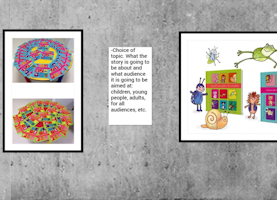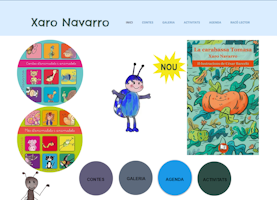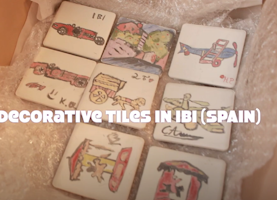Who should be involved in safeguarding heritage?
Who are the people that have a key role in safeguarding heritage?

Who are the people that have a key role in safeguarding heritage?

Emaze is a useful digital tool for creating and sharing presentations, blogs and websites. It has been particularly useful for disseminating oral tradition in a visual and engaging way.

Exercise example on using old photos as the starting point of a dialogue between the participants

Photo exercise about using photo pairing as a way to discuss the past and the present and make connections between the two.

How many kinds of intangible cultural heritage influence people's everyday lives?

An exercise to explore a moment in time where tradition was present.

Description of one sample exercise used in the Irish pilot, including step by step instructions provided by the art educator. Exercise: organising and carrying out a field trip to a local historical monument.

A sample exercise used in the Irish pilot study, including step-by-step instructions provided by the art educator. Exercise: learning a piece of traditional music by ear.

A sample exercise used in the Irish pilot study, including step-by-step instructions provided by the art educator. This exercise could be used in other minority language contexts, where there is a real or perceived language barrier to engaging with the intangible cultural heritage form.

Each heritage item preserves symbols which reflect feelings, thoughts and popular beliefs. Knowing these symbols and their meanings is part of the work of folk artists who succeed in passing them on to new generations. The methodology of this exercise can be adapted to any cultural context.

This working approach can be adapted to any context where the aim is to learn the craft techniques for making a heritage object based on art. In this case, painting is the field of artistic expression.

This exercise helps recognize the oral traditions of a region through learning stories and words that older generations use.

The purpose of this exercise is to recognize the oral tradition that has been maintained by people in times when it was forbidden to study the Valencian language and even discouraged from speaking it, all through ceramics.

The practical activity of learning a traditional craft can lead to a rich understanding of the intangible heritage that surrounds it. Here, the example is a very typical Spanish piece of pottery: the “botijo” (earthenware pitcher).

A selection of useful tools from the LIVIND project, which focused on living heritage and sustainability
